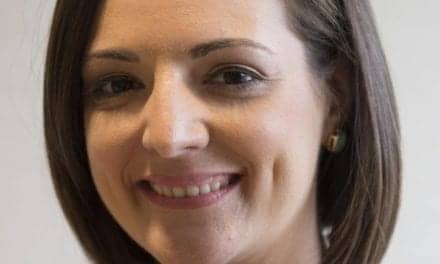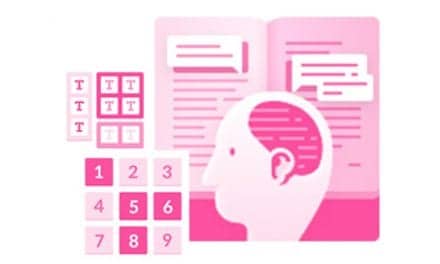As the 2022 Paralympic Winter Games get underway in Beijing, this is a great time to be thinking about how the risks and management of concussion differ for parasport athletes, that is, anyone with a disability who needs modification to participate in a sport.
Although we don’t really have good data on the number of parasports athletes, we do know that participation is growing. In part, this is due to greater awareness, and in part this is because the technology to facilitate sports participation, including better wheelchairs and prosthetic limbs, has been advancing rapidly.
All this growth is exciting. Play and competition are natural parts of what it means to be human, and they can be harnessed to help people recover from injury – even devastating, life-changing injuries. In fact, I see adaptive sports as a vital part of the rehabilitation process. However, they also present some unique challenges.
Sports-related concussion in wheelchair athletes and other parasports participants are as common as in able-body athletes. Multiple concussions – which can be more dangerous for the brain than a single incident – also seem to be common. Disabled athletes may be more likely to sustain a concussion in a fall or wheelchair collision. Their ability to brace themselves or otherwise avoid injury may be constrained. And when they do have a concussion, it can be harder to evaluate. For example, a common test of balance is to ask the individual to stand on one leg, something a wheelchair athlete can’t do.
Parasports participants also may have symptoms from their injury that mimic those of a concussion. While the published literature on concussion has grown rapidly in recent years, it rarely addresses wheelchair or other para-athletes.
My colleagues and I set out to document what is known and identify modifications to make concussion diagnosis and monitoring more applicable to disabled athletes. What we initially thought might be a comprehensive checklist became a book, Concussion Management for Wheelchair Athletes. The following are some of our recommendations.
Get a baseline. For anyone starting a parasports program, it is important to understand what their baseline physical and cognitive abilities and symptoms are so that future change can be more easily recognized.
Get a concussion history. About half of those with spinal cord injuries suffered a concussion in the precipitating accident. For someone who has already had three prior concussions, another one can be more significant, so it’s important to know the individual’s history.
Re-test after concussion, adapting the evaluation appropriately.
The book presents current examination and evaluation techniques in detail, with an eye toward return to play. We hope it can serve as a resource for coaches, trainers, doctors and athletes involved with wheelchair and other types of adaptive sports.
I also hope this work can spark more awareness and opportunities for collaboration. For example, diagnostic technologies that are based on eye tracking likely have great potential to help athletes whose physical or cognitive abilities already differ from the norm. I would like to see adaptive sports experts and optometric rehabilitation experts delve into these aspects further. Together, we can be more creative for the benefit of our patients.
Reference:
- Lee K, Harper MW, Uihlein J, McCrea M. Concussion Management for Wheelchair Athletes. Springer; 2021.
For more information:
Kenneth Lee, MD, is a retired combat wounded Army colonel who served as a medical commander in Operation Iraqi Freedom. He is associate professor of physical medicine and rehabilitation at the Medical College of Wisconsin and chief of the spinal cord injury division at the Milwaukee VA Medical Center. He also serves as vice president of the board of directors of the Wisconsin Adaptive Sports Association, chief medical officer of the VA’s National Veterans Sports Program and Special Events Department, national medical director for the National Veterans Wheelchair Games and chief medical officer for World Wheelchair Rugby. Lee was named the DAV Disabled Veteran of the Year and received the AMVETS Silver Helmet Award in 2017.
Disclaimer: The views and opinions expressed in this blog are those of the authors and do not necessarily reflect the official policy or position of the Neuro-Optometric Rehabilitation Association unless otherwise noted. This blog is for informational purposes only and is not a substitute for the professional medical advice of a physician. NORA does not recommend or endorse any specific tests, physicians, products or procedures. For more information, visit Neuro-Optometric Rehabilitation Association.
[Source: Healio Optometry]





